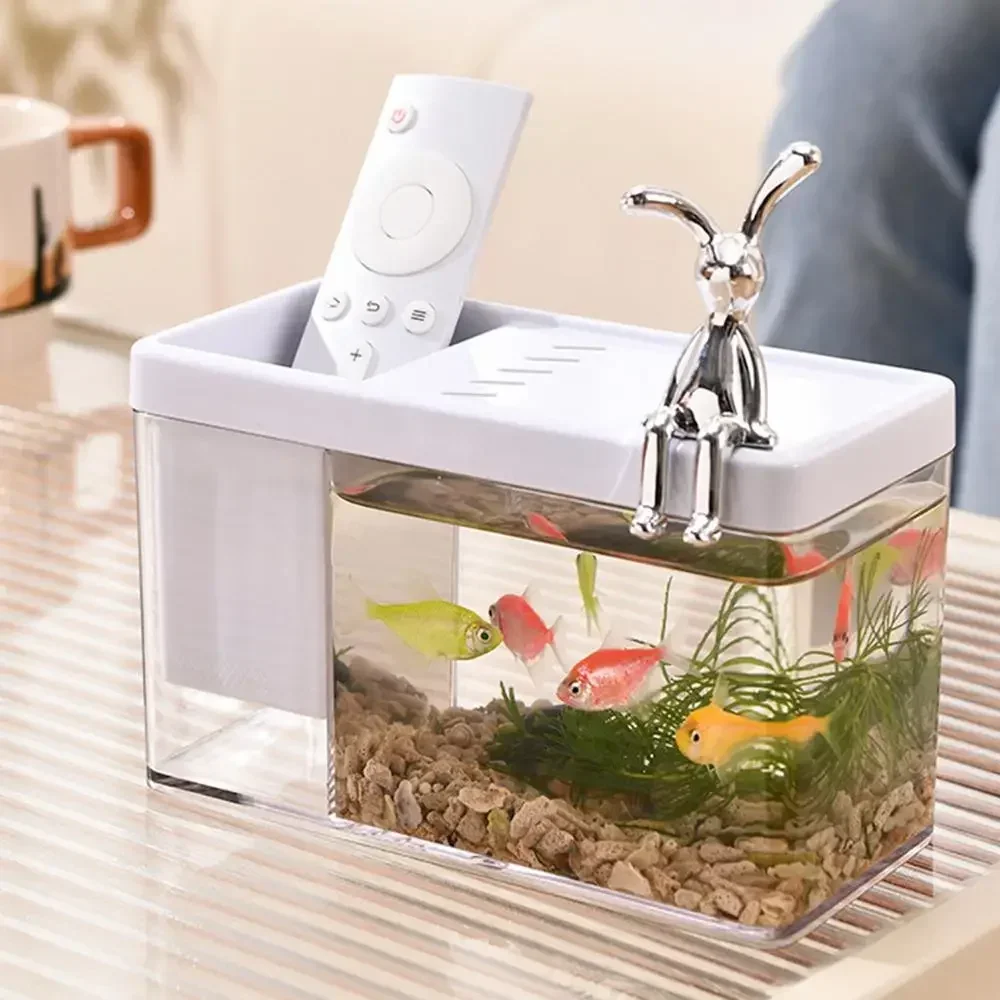Maintaining optimal water quality is crucial for the health and well-being of the fish and other aquatic life in your aquarium. Among the various water parameters, nitrate levels are a significant concern, as high concentrations can lead to algae blooms, poor water quality, and health issues for your aquatic inhabitants. Understanding and implementing effective strategies to lower nitrate levels can help you create a healthier environment for your fish tank. This comprehensive guide will explore various methods to manage and reduce nitrate levels effectively.
Understanding Nitrates in the Aquarium
What Are Nitrates and Why Are They a Problem?
Nitrates are a form of nitrogen compound found in aquariums, resulting from the breakdown of organic matter such as fish waste, uneaten food, and decaying plants. In the nitrogen cycle, ammonia is first converted to nitrite and then to nitrate by beneficial bacteria. While nitrates are less toxic than ammonia or nitrites, elevated levels can still have harmful effects on aquatic life. High nitrate concentrations can lead to stress, reduced fish growth, and an increased likelihood of algae overgrowth, which can further deteriorate water quality.
The Impact of High Nitrate Levels on Aquatic Life
High nitrate levels can cause a range of issues in your fish tank. Fish and invertebrates exposed to elevated nitrate concentrations may experience poor health, including symptoms like lethargy, reduced appetite, and respiratory problems. Prolonged exposure to high nitrates can weaken fish immune systems, making them more susceptible to diseases. Additionally, excessive nitrates contribute to algae growth, which competes with fish for oxygen and nutrients, further degrading water quality and impacting the overall ecosystem of the tank.

Regular Water Changes
The Role of Water Changes in Nitrate Control
Regular water changes are one of the most effective methods for managing nitrate levels in your aquarium. By partially replacing the water in your tank, you dilute the concentration of nitrates and other pollutants. This practice not only helps in reducing nitrate levels but also maintains the overall balance of water chemistry. It is recommended to perform water changes weekly or bi-weekly, depending on the size of the tank and the bioload. The frequency and volume of water changes should be adjusted based on the nitrate levels and the specific needs of your aquarium.
How to Perform Effective Water Changes
To ensure effective water changes, start by using a gravel vacuum to remove debris and waste from the substrate. This helps in eliminating organic matter that contributes to nitrate buildup. Replace 20-30% of the tank water with fresh, dechlorinated water. Make sure the new water is at the same temperature as the tank water to avoid temperature shocks. Test the nitrate levels before and after the water change to monitor the effectiveness and adjust your maintenance routine as needed. Regularly cleaning the filter and avoiding overfeeding are also essential to maintaining low nitrate levels.
Efficient Filtration Systems
Types of Filtration Systems for Nitrate Reduction
An efficient filtration system is crucial in managing nitrate levels in your fish tank. There are several types of filters, including mechanical, biological, and chemical filters, each playing a role in maintaining water quality. Mechanical filters remove physical debris, biological filters house beneficial bacteria that convert ammonia and nitrites into nitrates, and chemical filters can help remove excess nitrates. For effective nitrate control, it is beneficial to use a combination of these filters to address different aspects of water purification.
Upgrading and Maintaining Your Filtration System
To enhance the efficiency of your filtration system, consider upgrading to a higher-capacity filter or adding additional filters if necessary. Ensure that the filter media is properly maintained and replaced as per the manufacturer’s instructions. Biological filters should be cleaned gently to preserve beneficial bacteria. Regularly check the filter for clogs and ensure proper water flow through the system. Using specialized nitrate-removing filter media, such as denitrifying media or nitrate-absorbing resins, can also help reduce nitrate concentrations more effectively.

Incorporating Live Plants
How Live Plants Help Lower Nitrate Levels
Live plants play a vital role in managing nitrate levels in an aquarium. They absorb nitrates from the water as a nutrient source for their growth. This natural process helps in reducing the concentration of nitrates and other pollutants, contributing to better water quality. Plants also provide oxygen, create hiding spots, and contribute to the overall aesthetic of the tank. Fast-growing plants, such as water wisteria and hornwort, are particularly effective at nitrate absorption and can help maintain a balanced ecosystem.
Choosing the Right Plants and Maintaining Them
When selecting plants for your aquarium, choose species that are known for their nitrate-absorbing capabilities and are compatible with your tank’s conditions. Ensure that the plants receive adequate light, nutrients, and CO2 to thrive and perform their nitrate-reducing functions effectively. Regularly trim and remove dead or decaying plant matter to prevent it from contributing to nitrate buildup. Additionally, consider using a nutrient-rich substrate to support plant growth and enhance their ability to absorb nitrates.
Reducing Fish Bioload
Understanding the Concept of Bioload
Bioload refers to the amount of waste produced by the fish and other inhabitants in your aquarium. A high bioload can lead to increased nitrate levels as more waste decomposes and contributes to nitrate accumulation. Managing the bioload involves ensuring that the number of fish and other aquatic life in the tank is appropriate for its size and capacity. Overcrowding can lead to higher waste production and subsequent nitrate buildup, making it essential to balance the number of fish with the tank’s filtration and maintenance capacity.
Strategies for Managing Fish Bioload
To manage fish bioload effectively, avoid overstocking your aquarium and adhere to the recommended stocking levels for your tank size. Regularly monitor the health and growth of your fish to ensure they are not stressed or overcrowded. Implement a feeding schedule that prevents overfeeding, as excess food can contribute to waste and nitrate production. Additionally, consider adding efficient cleaning crew members, such as snails and shrimp, to help manage waste and reduce the overall bioload.

Utilizing Nitrate-Reducing Additives
Types of Nitrate-Reducing Additives
Various additives are available for reducing nitrate levels in your aquarium. These include chemical additives that bind with nitrates, specialized filter media that promote denitrification, and bacteria supplements that enhance the biological filtration process. Nitrate-reducing additives can help in lowering nitrate concentrations more rapidly, but they should be used in conjunction with other nitrate management strategies for optimal results. Always follow the manufacturer’s instructions when using these products to ensure their effectiveness and safety.
How to Use Additives Effectively
When using nitrate-reducing additives, carefully assess the nitrate levels in your tank and select products that are appropriate for your specific needs. It is essential to use these additives according to the recommended dosage to avoid any adverse effects on your aquarium’s ecosystem. Regularly test the nitrate levels to monitor the effectiveness of the additives and make adjustments as needed. Combine the use of additives with other strategies, such as water changes and plant management, to achieve comprehensive nitrate control and maintain a healthy aquarium environment.
Monitoring and Testing Nitrate Levels
The Importance of Regular Testing
Regularly monitoring and testing nitrate levels is crucial for effective management. Testing allows you to track changes in nitrate concentrations, assess the effectiveness of your nitrate-reducing strategies, and make timely adjustments to your maintenance routine. Consistent testing helps in identifying potential issues before they become significant problems and ensures that your aquarium remains in optimal condition. Invest in a reliable nitrate test kit to accurately measure nitrate levels and maintain the health of your aquatic life.
Best Practices for Testing and Adjusting Nitrate Levels
To test nitrate levels effectively, follow the instructions provided with your test kit and perform tests at regular intervals. Record the results to track trends and identify any patterns in nitrate fluctuations. If you observe elevated nitrate levels, implement corrective measures such as increasing water changes, enhancing filtration, or adding nitrate-reducing additives. Regularly reviewing and adjusting your maintenance practices based on test results will help you maintain a stable and healthy aquarium environment.
Conclusion
Maintaining low nitrate levels in your fish tank is essential for the health and well-being of your aquatic life. By implementing effective strategies such as regular water changes, efficient filtration systems, incorporating live plants, managing fish bioload, utilizing nitrate-reducing additives, and monitoring nitrate levels, you can create a balanced and thriving aquarium ecosystem. Each strategy contributes to a comprehensive approach to nitrate management, ensuring that your fish tank remains a healthy and vibrant environment. By staying proactive and attentive to your aquarium’s needs, you can enjoy a beautiful and well-maintained aquatic habitat for years to come.










